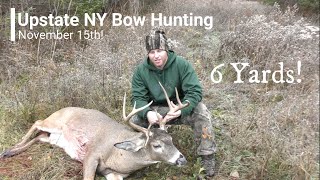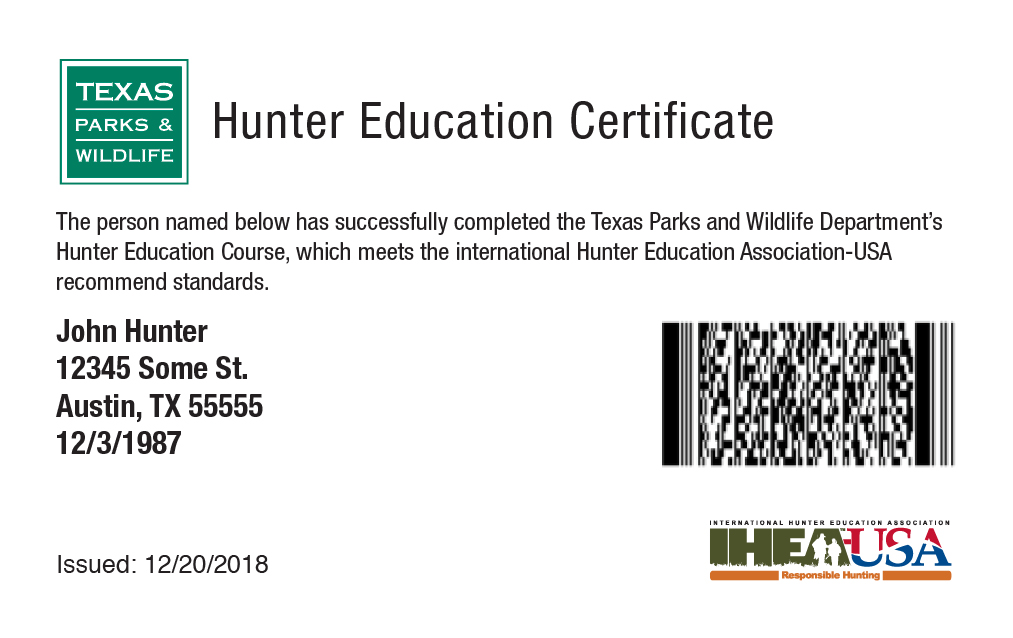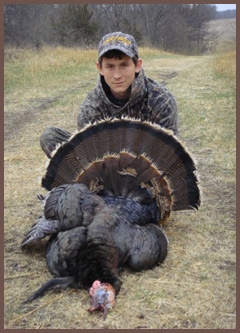
Before you go on a bear hunting trip, there are a few things you should remember. Choosing the right hunting season, radio-collared or ear-tagged bear, and the best type of equipment are just a few of the many details to consider. Bears are also different in size so it is important to know how to prepare for your trip. Continue reading to learn how to select a guide and what equipment you should use.
Guided or unguided
No matter whether you are going on guided or unguided hunts for bears, it is crucial to select the right hunting method in order to make your trip a success. There are many hunting methods to choose from, such as spot-and-stalk or drive, stalking, calling, and stalking. The hunting style you choose, the terrain and regulations in your state will determine which method works best. Hunting bear with dogs in certain states is legal. Spot-and-stalk is the traditional method for black bear hunting. Hunting with bow is another effective hunting technique. Bow hunters will need waterholes to keep an eye on and follow game trails.

Spring or fall
It depends on where you live and what time of the year you are hunting black bears. You will find the best spring bear hunting in western states such as Idaho or Montana. These states have rugged terrain that bears love, so spring black bear hunts are usually a great option. These states allow hunters to purchase bear tagging over the counter. But if you prefer a more remote area, fall hunting is also a good choice.
Radio-collared, or ear-tagged
The United States has radio-collared bears and ear-tagged them. They are usually tagged in one ear. This allows hunters to identify the bear who is responsible for the hunt. The tags are usually 4 to 5 digits in length and are often consecutive. While the tags are visible, not all tags will show up in photos. Bears with lower numbers could be older and have been captured multiple times.
Preservation of meat
Northwest Coasters enjoy meat from bears as a delicacy. There were many ways that early Indigenous Peoples preserved the flesh of bears. Some people used birchbark containers, while others skinned and cooked the bear fat in a kettle. Other tribes like the Tahltans roasted and preserved bear fat by adding pemmican, a dried fish powder. Southern Alaskans and northern British Columbian Indigenous Peoples deferred skinning until the meat was nearly consumed. They cooked the meat to remove the grease. It was considered a fine dish. These dried fish bits were then cooked in bear fat and paired with other foods.
Legality
Whether or not bear hunts are legal depends on what kind of equipment you use. An air gun, a rifle or a crossbow that uses compressed air to propel projectiles is legal. All of these weapons are considered to be unloaded when they are not in use. A bullet or arrow used in a bear hunt must reach at least 18 inches and must shoot at a speed at 300 feet an second. A bolt or broadhead for an arrow needs to be sharpened. They cannot contain poison or explosives. In addition, you cannot transport a loaded air gun in your vehicle.

Success rate
DNR statistics show that nearly half of Minnesota's bear hunters killed a bear in Minnesota last season. In quota permit areas, the success rate was 46%, with 1,565 bears killed out of 3,400 permits. The state's bear hunters had a record year of success in 2017 with a total of 1,565 bears being killed out of 3,400 permits. This was the highest ever recorded. Increased hunter success could also be attributed to the slightly delayed acorn crops.
FAQ
I don't know where to get a gun. Is it really necessary?
To hunt certain species, a gun is required by law.
A firearm is required by most states for hunters. The type you choose depends on the game you are hunting and the state where you live.
Any sporting goods store can sell you a rifle and shotgun, handgun, pistol, muzzleloader, crossbow or archery weapon.
Choose a weapon that best suits your needs. If you plan to hunt small game, such as squirrels or rabbits, you might consider buying a pistol of.22 caliber.
You might consider purchasing a larger caliber weapon if you are planning to hunt large game such as deer, elk and bears.
If you don't feel confident handling a weapon, do not buy it. Guns can be dangerous. Never load it until you are ready.
When buying a gun, make sure it has been inspected by a qualified gunsmith. Ask the seller to show how to load and unload the weapon.
Check out the manufacturer's warranty. Ask the dealer for a warranty if there is none.
Ask your dealer for a copy their safety instructions. These documents should contain information about safe storage as well as maintenance.
Check the serial number. If the serial number begins with "NIB", or "New In Box", then the gun is brand new.
If the serial number begins by an odd number, it means that the gun has previously been owned.
If you aren't sure whether the gun was ever used, please contact the manufacturer. They should be willing to give you details about the gun's history.
Which state has more deer hunters than the other?
The state with the most deer hunters is Wyoming. It also has one of the highest numbers of hunting licenses that are sold each year.
South Dakota is home to the second-most deer hunter state. It ranks third for the number of hunting licenses sold each year.
The state with the fewest deer hunters is New Hampshire. It ranks last for the number of hunting permits per capita.
What should I know about hunting?
To hunt well, you need to be able understand how the animal moves and its habits. Also, learn how to avoid getting hurt.
It is essential to be familiar with the hunting laws in your state. Some states allow hunting in certain ways, while others prohibit it altogether.
Other factors include terrain, weather, and type of weapon.
If you are considering this hobby, consider whether you prefer to hunt alone or with your friends.
Most people who hunt prefer to hunt with someone else. Because it helps you concentrate on your goal. Your shot might be missed if you are alone.
Hunting requires planning. Planning is essential to ensure you hunt in the right place.
Also, prepare your guns. You should also clean and test your weapons before you leave home.
Proper clothing is essential when hunting. Dress appropriately for the weather conditions and terrain.
You should always have enough water and food. For any emergency, you should always have extra ammunition and supplies.
It is important to never leave anything behind. You might lose it or damage it.
If you're ready to hunt, it is important that you choose a location with no predators.
The government has set guidelines. These regulations protect wildlife as well as humans.
How much does it cost for a hunter to become?
Hunting can be expensive depending on where you live.
Some areas may require you to pay a modest membership fee in order to have access to public lands.
Some states require licenses and permits before you can hunt.
Hunting is expensive depending on the firearm you use. A rifle costs more than a shooting gun.
The cost of a license ranges from $10 to $50. You might need to buy additional tags depending upon how many hunt days you want.
Certain species require a permit to hunt. The size of each animal will affect the amount of money that you must spend.
You will need to spend up to $150 to hunt wild turkeys.
Statistics
- In less than 20 years, Rhode Island saw a 40% drop in the number of hunting licenses for residents, according to The Valley Breeze. (stacker.com)
- - Percent of residents with paid hunting licenses: 0.7%- (stacker.com)
- - Percent of residents with paid hunting licenses: 0.7%- (stacker.com)
- Less than 1% of Hawaii's population has a hunting license. (stacker.com)
External Links
How To
How to build a Deer Blind
A deer blind is an example of a hunting device that hides game animals such deer, elk and others. It consists of a small enclosure made of wood or canvas, usually covered with branches and leaves. The hunter then hides within the enclosure, waiting for the animal to move by. When hunting at night, a deer blind is frequently used.
There are many options for deer blinds. Some are portable while others are permanent structures. They are constructed of materials such as plywood and cardboard.
Box blinds, also known as box stands, are the most popular type of deer blinds. They consist of a wooden container with a roof and walls. Boxes are very popular because they are easy to construct and transport.
A tree stand is another type of deer blind. Tree stands can be made natural to appear natural, so people won't suspect that they are there. Most tree stands are permanently attached with trees.
Ground blinds are another type. They are similar to tree stands but are built into ground. Ground blinds are usually camouflaged in dirt, rocks or sand. Ground blinds are also known as "groundboxes".
You can hunt with a blind deer hunting in many different ways. One option is to just wait for the animal and then stand still. There are two options. One is to try and scare the animal away by moving around. If this is your preferred method, keep quiet and don’t move too often. This could cause the animal to believe you are a predator and make them run.
A deer blind can only be used in a specific spot. Choose a spot that isn't likely to blow your scent towards animals. Avoid hiking areas.
Make sure that you are able to set up your deer blind correctly. Otherwise, the animal will see you and run away.